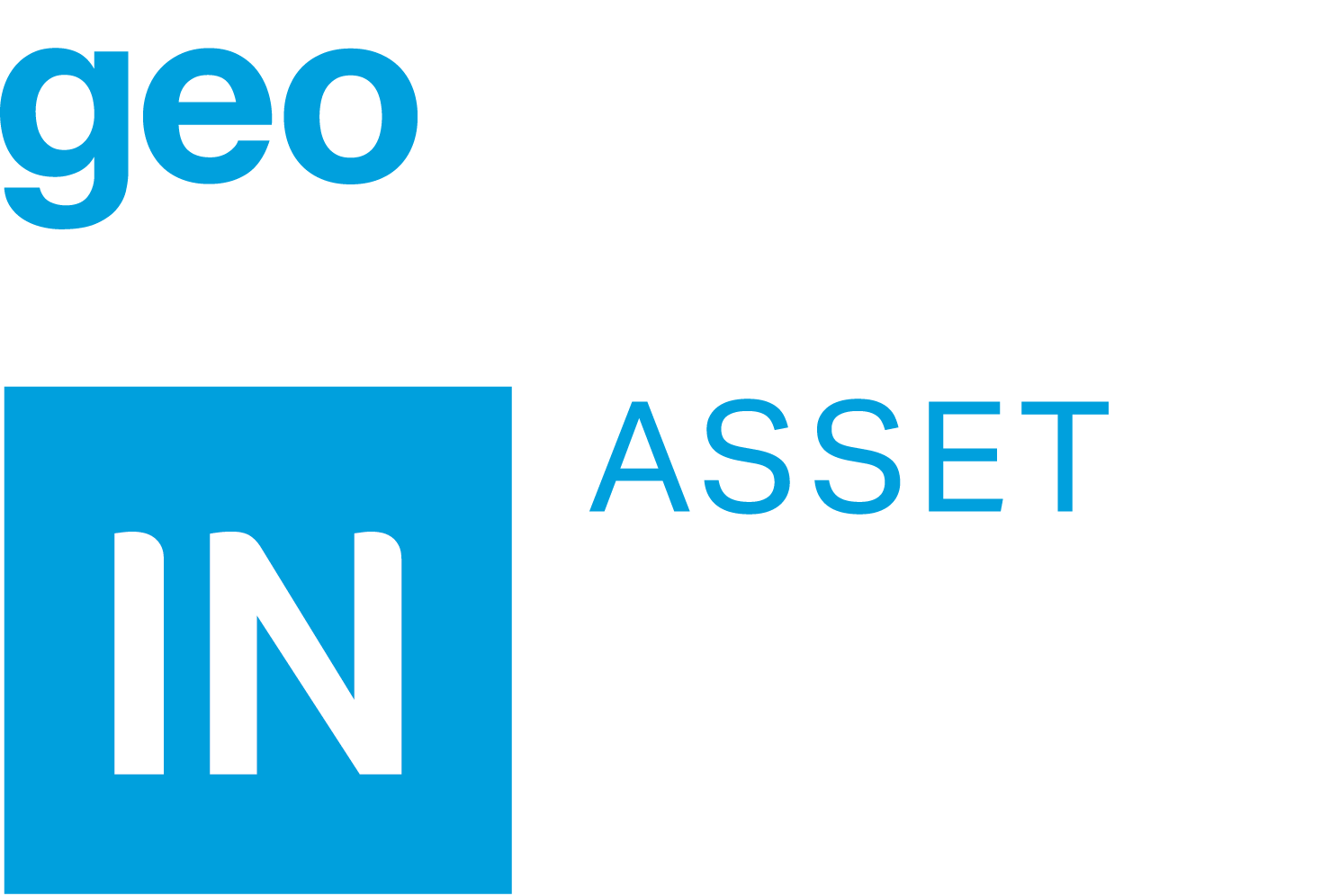Do you have a capital planning program in place to optimize your capital cost and mitigate operational risk?
Public and private entities with significant real estate portfolios are faced with managing and maintaining thousands of individual assets, such as HVAC equipment, electrical power systems, building infrastructure, as well as building interior spaces such as conference rooms and workspaces.













